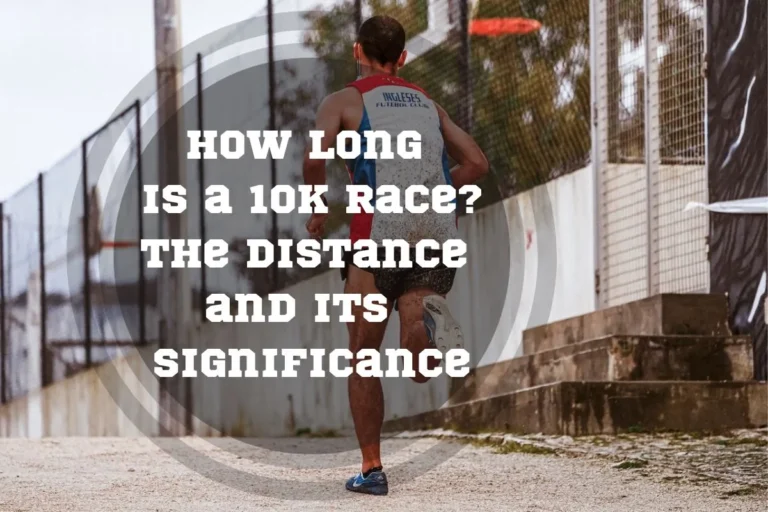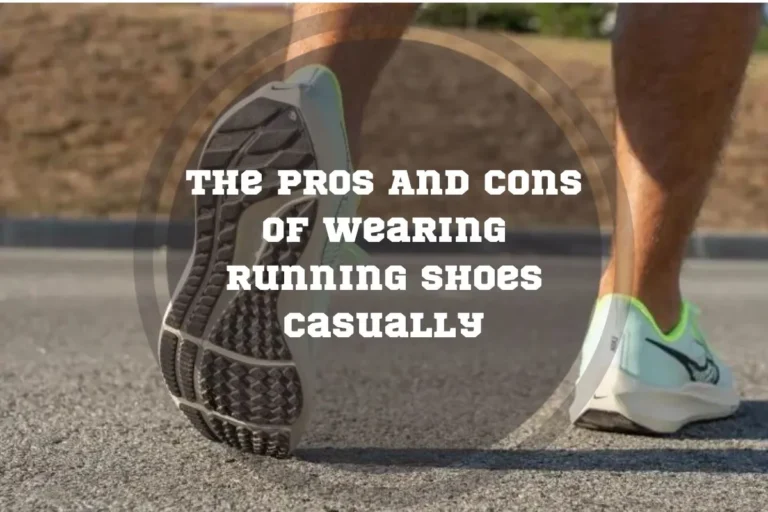Running with Knee Bursitis: 10 Symptoms + 4 Prevention Tips
Does running with knee bursitis let you down? Don’t worry! Overcome knee bursitis and confidently conquer the trail here. This comprehensive guide provides valuable information on managing knee bursitis when running, including effective treatment, prevention strategies, and recovery exercises.
Whether you’re a seasoned athlete or just starting, learn to take on challenges and continue to pursue your passions confidently.
Can run with knee bursitis?
Running with knee bursitis is possible with precautions and proper care. It is convenient to opt. for low-impact exercises, such as cycling, during flare-ups. Using supportive gear like knee braces and compression sleeves is also effective. Furthermore, listen to your body, gradually increase intensity, and seek professional advice for a successful running journey with knee bursitis.
What is Bursitis?
Bursitis is the inflammation of bursae, fluid-filled sacs which buffer joints and can lead to pain and discomfort in the affected area. The condition involves irritation and a lump in the bursae, hindering smooth everyday movement.
When dealing with knee bursitis, it’s essential to understand the anatomy of bursitis as they act as shock absorbers between tendons and bones, reducing disunion during movement.
Importance for Runners
The significance for runners lies in understanding bursitis. Runners will benefit significantly from recognizing their symptoms and taking appropriate actions early. If you are a runner, knee bursitis can be challenging and even more painful in severe conditions. Explore this section to learn how understanding bursitis can benefit you.
Awareness:
Runners who grasp knee bursitis can identify warning flags and seek timely medical care, limiting further complications.
Impact on Performance:
Untreated knee bursitis can negatively impact running performance, causing discomfort and slower times.
Training Adaptations:
Understanding bursitis symptoms enable runners to tailor their training programs and employ safer techniques.
Long-Term Health:
Treating knee bursitis promptly and adequately keeps knees in good condition, enabling runners to pursue their hobby uninterruptedly.
3 Types of Bursitis in Runners
Common types of bursitis from running include pes anserine bursitis in the knees, retrocalcaneal bursitis in the heels, and trochanteric bursitis in the hips.
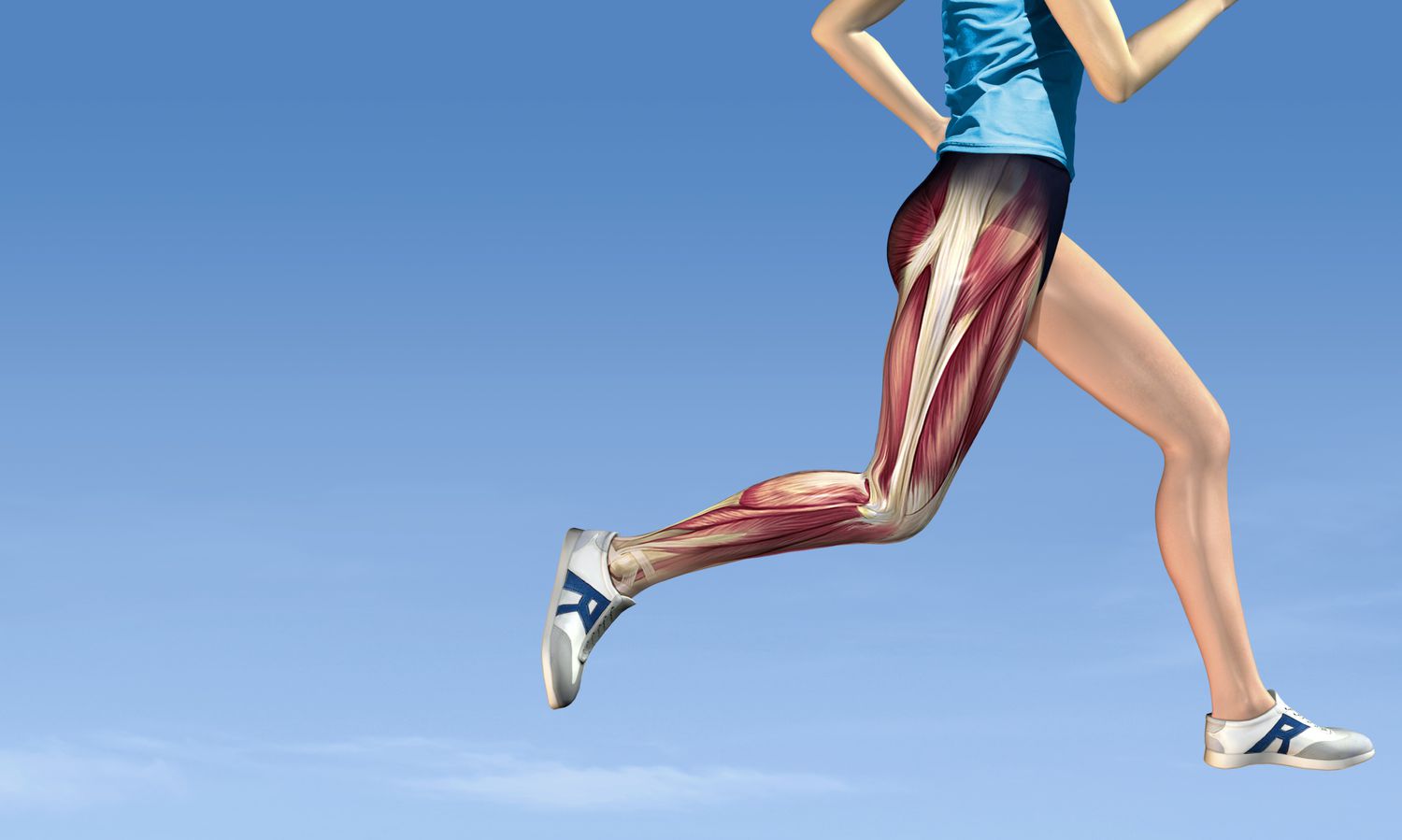
1. Knee Bursitis (Pes Anserine Bursitis)
It affects the inner knee, causing pain during handling and knee flexion.
2. Heel Bursitis (Retrocalcaneal Bursitis)
Irritates the bursa near the Achilles tendon, leading to heel pain during runs.
3. Hipsterism Bursitis (Trochanteric Bursitis)
It affects the hipsterism joint’s external area, causing pain and tenderheartedness while running.
These areas are particularly vulnerable for runners due to repetitive movements and impact.
Can Bursitis Occur from Running?
Yes, due to repetitive impact and friction on the knee, heel, or hip joint while running. This condition is known as “running bursitis.” It is common among runners, especially if proper running techniques, recovery practices, or supportive gear are not followed. Overuse, excessive handling, or improper form can lead to bursitis in runners. Seeking professional advice when demanded ensures a pain-free and pleasurable handling experience.
10 Symptoms of Knee Bursitis in Runners
For non-professional runners, knee inflammation or bursitis can be an unforeseen obstacle. We understand the value of protecting knees while enjoying our beloved sport. Occasionally, knee bursitis can strike without warning, producing distress and impeding our running path. A thorough assessment of the warning signs is required to guarantee safety and wellness.
Let’s explore these symptoms to empower ourselves with knowledge:
1. Knee Pain
Runners with knee bursitis may experience localized pain in the affected knee. The pain is often described as a dull ache or pain in the kneecap area.
2. Swelling
Bursitis can cause swelling around the knee joint. The area may be swollen and tender to the touch.
3. Warmth and Redness
The affected knee may feel warm to the touch and exhibit slight redness over the bursa due to increased blood flow and inflammation.
4. Restricted movement
Inflammation of the knee bursitis can limit the movement of the knee joint. Runners may have trouble fully flexing or extending the knee.
5. Pain Associated with Physical Activity
Physical activities often exacerbate Pain and discomfort, particularly while running, jumping, or climbing stairs.
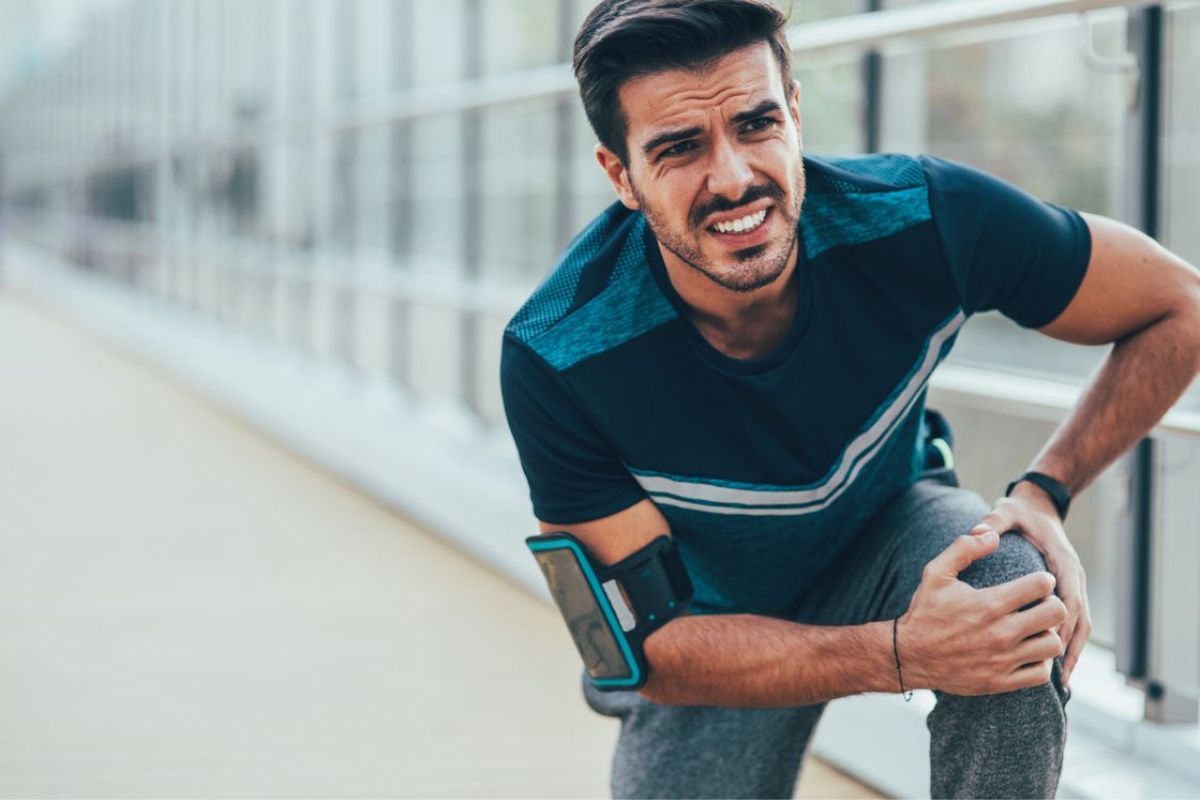
6. Pressure pain
Pressure on the bursa above the kneecap can cause pain as a self-assessment method before consulting a doctor.
7. Pain after Rest
Runners may experience increased knee pain and stiffness after rest or inactivity.
8. There is a distinct popping noise.
Some runners hear or feel a popping in their knees during the movement, which may indicate bursitis.
9. Downhill Pain
Downhill running can worsen symptoms of knee bursitis due to the extra pressure on the knee.
10. Kneeling Problems
Knee bursitis can make it difficult for runners to kneel on the affected knee.
By paying heed to these signs, you can avoid potential consequences. This will help you get suitable treatment to restore your love for the game with renewed zeal. If you feel any of these signs, pay attention to your well-being; prioritize actions that foster sustainability throughout your journey.
Subscribe to Our Running Newsletter!
Get free running tips from renowned professional athletes and discounts from top-notch brands.
6 Common Causes of Knee Bursitis from Running
Runners often experience a strong desire for the pleasure of pounding the pavement and the pride of finishing each race. Despite enjoying running, knee bursitis can quickly interrupt your routine and cause spontaneous discomfort. Let’s examine the frequent reasons to ensure proper measures for an uninterrupted and accident-free running experience.
1. Repetitious Movement
The repetitious nature of running, especially on hard shells, can lead to irritation and inflammation of the bursitis around the knee joint.
2. Running posture
Poor running form, such as excessive backward lean or improper landing technique, can exert undue pressure on the knee and contribute to bursitis.
3. Muscle imbalances
Muscle imbalances in the legs, especially weak quadriceps or tight hamstrings, can affect knee alignment and increase the threat of bursitis.
4. Exercise Intensity
Pushing too hard doesn’t give the knee enough time to adjust, leading to over-activity injuries like knee bursitis.
5. Direct trauma
Accidental bumps or falls directly on the knee area can also inflame the bursa and lead to knee bursitis.
6. Extra weight
Carrying excessive weight puts redundant pressure on the knees, adding to the threat of bursitis.
Knowing these potential triggers enables you to take proactive measures to avoid the disruptive condition from reducing your running progress.
4 Prevention Tips for Knee Bursitis in Runners
Runners must adopt preventive methods to protect their passion for running and maintain an active lifestyle. These suggestions can help reduce the likelihood of developing knee bursitis and further harm. Make sure to prioritize adequate warm-ups, cool-downs, and stretching, as well as wear suitable footwear and heed your body’s warning signs. Incorporating diverse training methods and strength exercises can contribute to all-around knee wellness and accident prevention.
Proactive strategies and wise prevention tactics can safeguard us against this frequent running issue.
1. Improper Warm-Up
One of the main ways to prevent knee bursitis is to incorporate a proper warm-up routine. Warming up helps prepare our muscles and joints for the upcoming race and reduces the risk of injury.
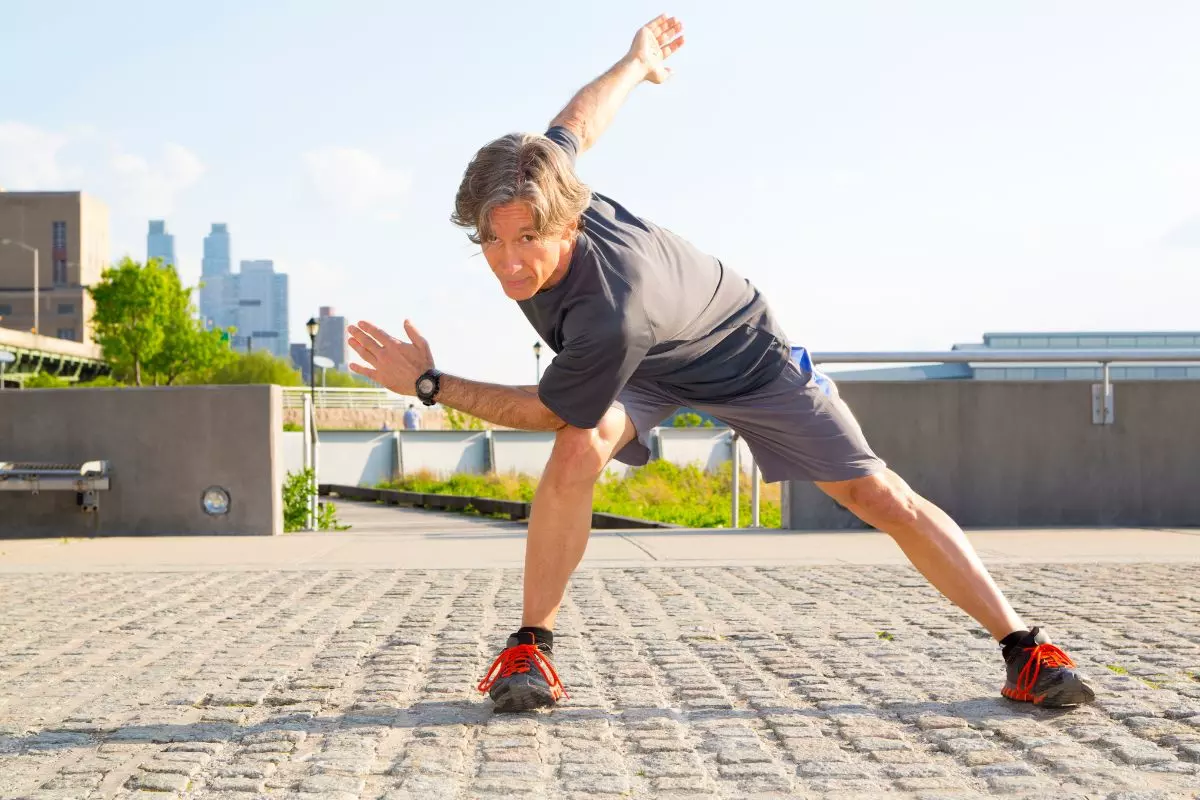
2. Stretch to bend
Targeted stretching is another essential aspect of prevention. Gentle stretches for the quadriceps, hamstrings, and calf muscles can keep our knee joints supple and ready for action.
3. Gradual progression
Avoid the temptation to push too soon. Gradually increase the distance and intensity to avoid overloading the knee.
4. Running Right: Form matters!
Following these insightful guidelines will enable you to avoid knee bursitis and run with safety and delight successfully.
Perfect posture
Maintaining a good posture while running helps distribute impact force evenly, reducing knee stress. Keep your back straight and shoulders relaxed.
Stride wise
Finding the right stride length can have a significant impact on knee health. Avoid crossing your leg too much, as this can increase pressure on the knees.
The Midfoot Way
Embrace midfoot strikes while running to reduce impact and promote a smoother gait. Landing with the midfoot instead of the heel can reduce stress on the knee.
Core attachment
A strong core stabilizes the whole body, improving knee stability while running. Focus on core exercises to enhance overall strength.
3 Treatment Approaches for Knee Bursitis in Runners
Treatments for knee bursitis vary depending on the type and inflexibility. A substantiated approach ensures the stylish possible outgrowth. It may abruptly end your running pursuits, inflicting distress and irritation. There are several treatment options available to assist you in overcoming this hurdle and continuing forward. These include:
1. Non-Surgical styles
Bursitis can be treated using conservative principles like the RICE (Rest, Ice, Compression, and Elevation) or the (PEACE and LOVE) approach (Protect, Elevate, Avoid anti-inflammatory modalities, Compress, Educate and Load, Optimism, Vascularisation, Exercise). Physical therapy is also a crucial component of the conservative approach to treating and healing yourself from bursitis.
2. Steroid Injections
Doctors may recommend steroid injections for quick recovery. Corticosteroid injections might be suggested to reduce inflammation and palliate pain in severe and severe cases.
3. Surgery Considerations
In rare cases where non-surgical styles do not serve, surgical options may be considered to remove the inflamed bursa.
3 Knee Rehabilitation Tips
Knee rehabilitation exercises target affected areas and improve stability, muscle strength, and flexibility. These include:
1. Strong Core
A strong core is essential for maintaining good running form and reducing stress on the knee. Incorporate exercises that target the quadriceps, hamstrings, and glutes.
2. Low-impact love
While recovering from knee bursitis, focus on low-impact exercises like swimming or cycling to maintain fitness without stressing the knees.
3. Massage magic
Self-massage can do wonders in alleviating discomfort and promoting blood circulation around the knee joint. Try gentle massage techniques for pain relief.
From conservative techniques like RICE therapy and rehabilitation to invasive procedures such as corticosteroid injections or surgery in rare cases, numerous options exist for treating injuries. Collaborating closely with professionals can lead to enhanced results.
Now, tie your shoes tightly and venture into recovery and victory over knee bursitis!
Running Beyond Bursitis: Keep the Flame Alive
- After recovering from knee bursitis, take it slow and ease back into running. Gradually increase intensity and duration to prevent re-injury.
- Embrace cross-training to maintain overall fitness and reduce the risk of overuse injuries.
- Set achievable milestones along your recovery journey and celebrate each achievement. Every step forward is worth acknowledging.
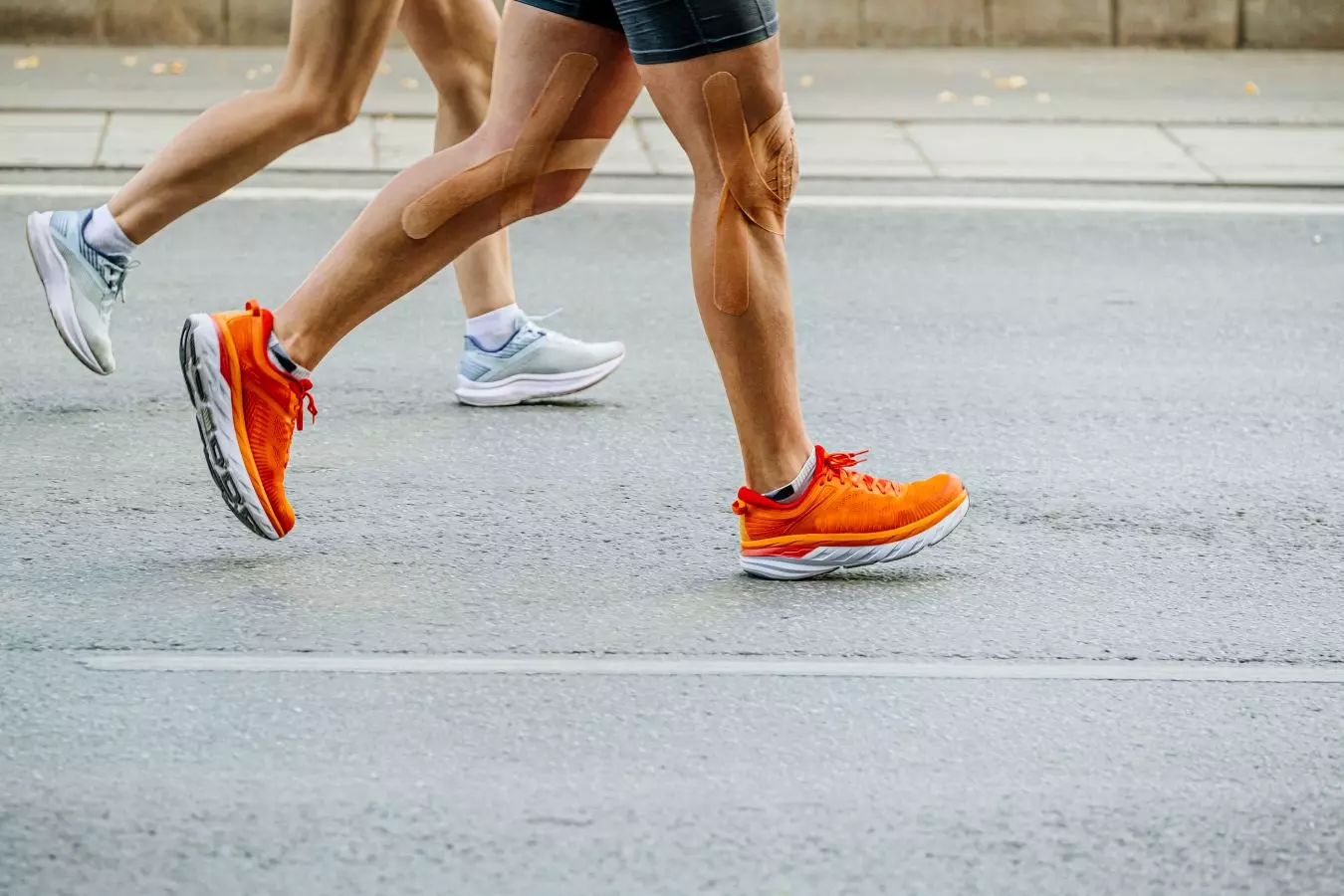
Frequently Asked Questions About knee bursitis
Can I run with bursitis?
Do not run when you have bursitis. This can make the condition worse and increase discomfort or potential complications. Prioritizing your health and consulting a medical professional before continuing with bursitis treatment is essential. Instead, focus on rest, proper treatment, and rehabilitation exercises to help you recover safely.
How long should you rest a knee with bursitis?
The time to stop running with knee bursitis varies with individual circumstances and the severity of the condition. The delay can range from a few days to a few weeks. Well, it also depends on the damage’s extent and the treatment’s effectiveness can rest after running to heal the inflamed synovial sac.
Should I wait for full recovery before I can start running?
Prioritize your health and plan for full recovery before resuming racing. Rushing too soon can worsen the situation and lead to failure. Go slow and listen to your body throughout the process. Patience and good rehabilitation are essential to successfully return to running without further injury.
Final Thoughts On Running With Knee Bursitis
With the proper knowledge and approach, running with knee bursitis can be a success story. By understanding the symptoms, causes, preventions, and treatments, you can overcome any hurdle and continue pursuing your passion for running. Your dedication to proper care and recovery will pave the way to achieving your goals.
Don’t hesitate to share your questions and thoughts in the comment section. Together, we’ll stride towards success in overcoming knee bursitis!
Also read:
- Shoulder Pain While Running
- Aerobic vs Anaerobic Exercise
- Why Are Runners So Skinny
- Running With Bronchitis
- How Many Minutes Is 2 Miles
- Do Runners Wear Underwear
- Best Insoles for Overpronation Running
- How Many Miles 15K
References:
- Bursitis // Europe PMC: https://europepmc.org/article/nbk/nbk513340
- Pes Anserine Bursitis // NCBI: https://www.ncbi.nlm.nih.gov/books/NBK532941/
- Trochanteric Bursitis // NCBI: https://www.ncbi.nlm.nih.gov/books/NBK538503/
- Corticosteroids // NCBI: https://www.ncbi.nlm.nih.gov/books/NBK554612/
If you have any questions or suggestions, you can contact us via email – [email protected]


